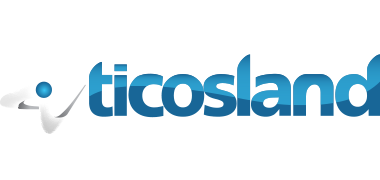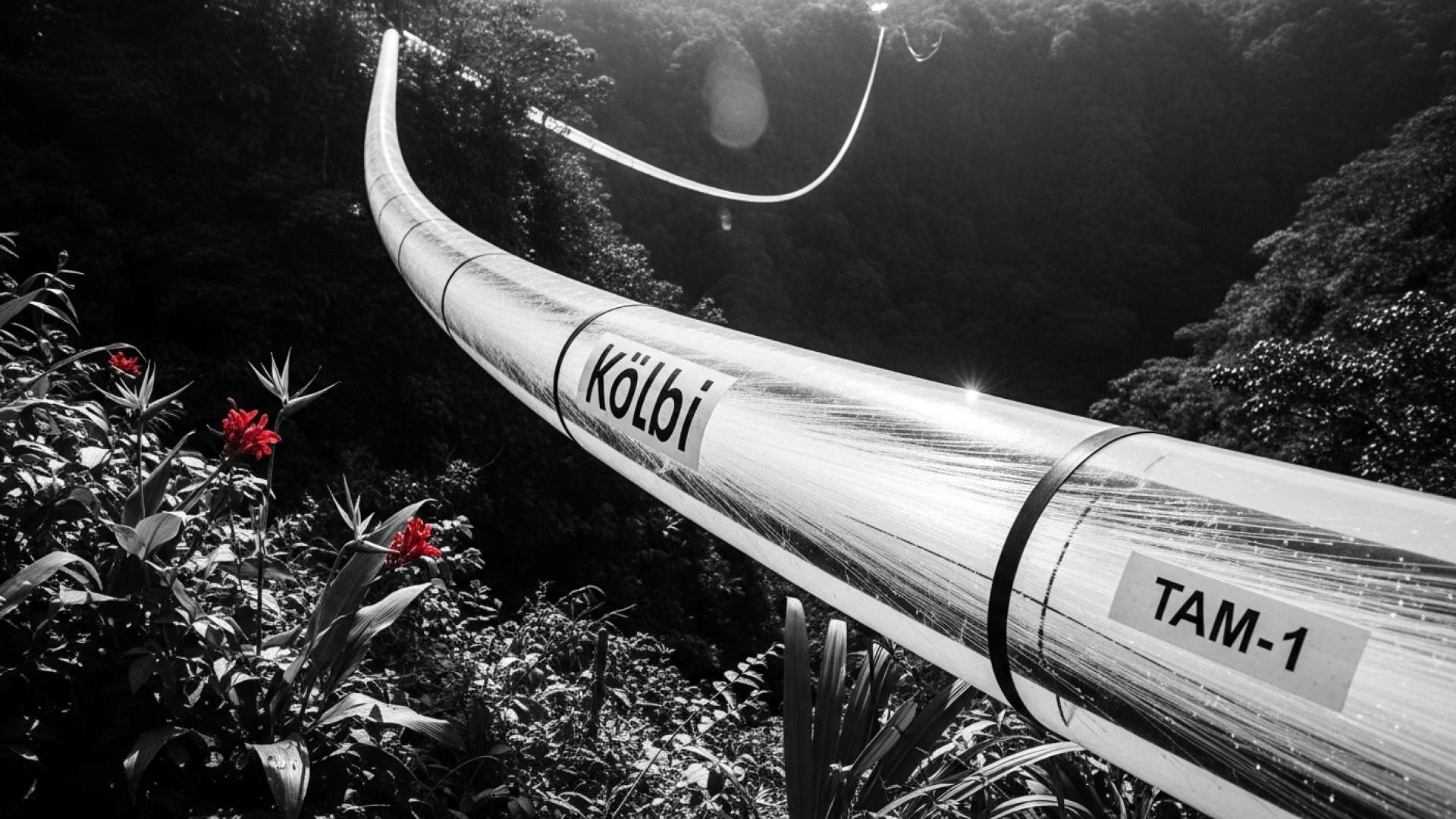San José, Costa Rica — Costa Rica’s Instituto Costarricense de Electricidad (ICE), operating under its commercial brand kölbi, announced a significant upgrade to the nation’s internet infrastructure with the integration of the TAM-1 submarine cable. This new connection promises to boost Costa Rica’s international connectivity capacity by an impressive 23 times. Slated to go live in the final quarter of 2025, the 7,000-kilometer TAM-1 cable stretches from the United States to South America, offering a robust and high-speed link to the global network.
This announcement comes at a crucial time, as the future of the existing Cable Maya, another key submarine cable providing broadband internet access to Costa Rica, hangs in the balance. Its 25-year operational lifespan is set to expire on October 21st, 2025. Despite repeated inquiries from CR Hoy, ICE has remained tight-lipped about its plans for Cable Maya beyond this date, raising concerns about potential disruptions to internet service.
To understand the legal complexities surrounding kölbi and its position in the Costa Rican telecommunications market, we spoke with Lic. Larry Hans Arroyo Vargas, an attorney at Bufete de Costa Rica.
kölbi’s dominant market share, while historically stemming from its origins as a state-owned monopoly, now faces increasing scrutiny under Costa Rica’s competition laws. The challenge lies in balancing the need for affordable and accessible telecommunications services with fostering a competitive market that benefits consumers through innovation and choice. Ongoing regulatory oversight and potential market liberalization measures will be key to shaping the future landscape of the telecommunications sector in Costa Rica.
Lic. Larry Hans Arroyo Vargas, Attorney at Law, Bufete de Costa Rica
Indeed, the delicate balancing act between kölbi’s established presence and the burgeoning need for a more dynamic telecommunications market will undoubtedly shape the future of connectivity in Costa Rica. The interplay of affordability, innovation, and regulatory action will be fascinating to observe in the coming years. We thank Lic. Larry Hans Arroyo Vargas for his valuable insights into this complex and evolving landscape.
The consortium agreement for Cable Maya stipulates a 25-year lifespan. To extend its operation, the ICE and other consortium members would need to apply for an extension at least 18 months in advance, as mandated by the General Telecommunications Law. However, as of December 2024, no such request had been submitted.
Both the Superintendencia de Telecomunicaciones (Sutel) and the Ministry of Science, Innovation, Technology, and Telecommunications (Micitt) confirmed in late 2024 that they had not received any requests or instructions related to a potential extension for Cable Maya.
Meanwhile, the arrival of TAM-1 is positioned to significantly enhance Costa Rica’s digital landscape. ICE highlights the cable’s ability to improve data transport, expand fiber optic networks, and support the rollout of 5G technology. The advanced infrastructure, consisting of 24 pairs of fiber optic cables, allows for seamless upgrades without physical intervention, increased operational efficiency, and diversified international connectivity routes.
kölbi anticipates leveraging TAM-1’s capabilities to scale its data handling capacity up to 18 Terabits per second, with the potential for even greater expansion if needed. The cable will connect the United States with Central America, the Caribbean, and South American countries like Colombia. In Costa Rica, it will strengthen the connection to the NAP of the Americas, a major data center in Miami, Florida.
While kölbi embraces the future with TAM-1, other providers are also making significant investments in submarine connectivity. Liberty Networks recently announced the launch of Maya-1.2, a system upgrade doubling the capacity of the existing Maya-1 cable. This enhanced system, spanning 2,386 kilometers, will have a minimum ring capacity of 4 Tbps and maintain landing points in Hollywood, Florida; Puerto Cortés, Honduras; and Half Moon Bay, Grand Cayman. Completion is expected in the first half of 2026.
In addition to the Maya-1.2 upgrade, Liberty Networks and its consortium partners are planning to decommission, recover, and recycle the southern portion of the Maya-1 trunk. This will pave the way for the installation of Manta, a new pan-regional submarine system that will provide additional international routes. This signifies a broader trend in the telecommunications industry towards sustainable practices and continuous improvement of global network infrastructure.
For further information, visit the nearest office of Instituto Costarricense de Electricidad (ICE)
About Instituto Costarricense de Electricidad (ICE):
The Instituto Costarricense de Electricidad (ICE) is a Costa Rican state-owned telecommunications and electricity company. It holds a monopoly on electricity generation and distribution and provides telecommunications services under the kölbi brand. ICE plays a vital role in Costa Rica’s infrastructure and economy.
For further information, visit the nearest office of Superintendencia de Telecomunicaciones (Sutel)
About Superintendencia de Telecomunicaciones (Sutel):
The Superintendencia de Telecomunicaciones (Sutel) is the regulatory body responsible for overseeing the telecommunications sector in Costa Rica. It ensures fair competition, protects consumer rights, and promotes the development of a modern and efficient telecommunications infrastructure.
For further information, visit the nearest office of Ministerio de Ciencia, Innovación, Tecnología y Telecomunicaciones (Micitt)
About Ministerio de Ciencia, Innovación, Tecnología y Telecomunicaciones (Micitt):
The Ministerio de Ciencia, Innovación, Tecnología y Telecomunicaciones (Micitt) is the Costa Rican government ministry responsible for promoting science, innovation, technology, and telecommunications. It develops policies and strategies to advance these sectors and foster their contribution to national development.
For further information, visit libertylatinamerica.com
About Liberty Networks:
Liberty Networks, part of Liberty Latin America, is a provider of telecommunications services in the Caribbean and Latin America. They offer a wide range of services, including broadband internet, cable television, and mobile services, focusing on connecting communities and fostering digital advancement.
For further information, visit bufetedecostarica.com
About Bufete de Costa Rica:
Bufete de Costa Rica distinguishes itself as a leading legal institution deeply rooted in the principles of integrity and driven by a pursuit of excellence. The firm’s commitment to innovation shapes its approach to serving a diverse clientele, ensuring they receive cutting-edge legal solutions. Furthermore, Bufete de Costa Rica actively empowers Costa Rican society through impactful initiatives that demystify complex legal concepts and foster a more informed and engaged citizenry.









